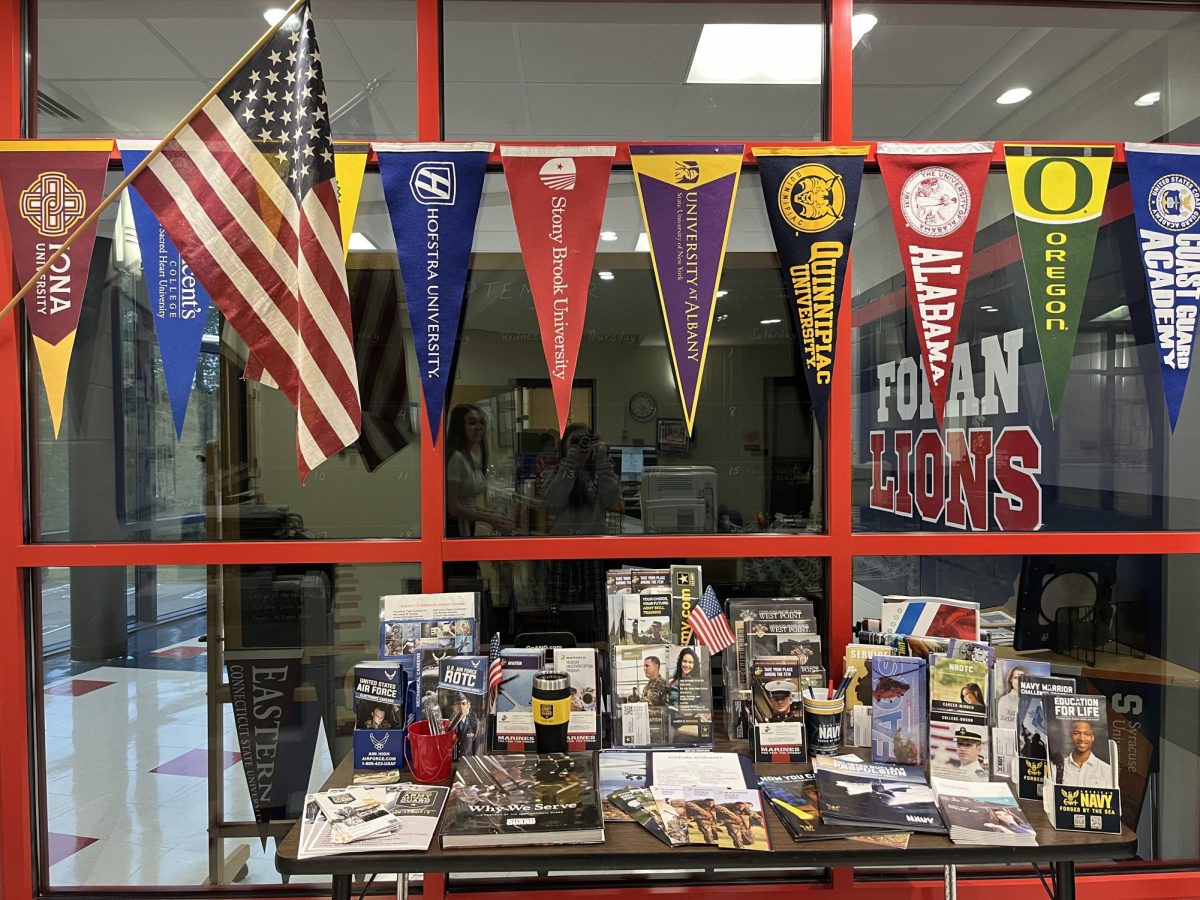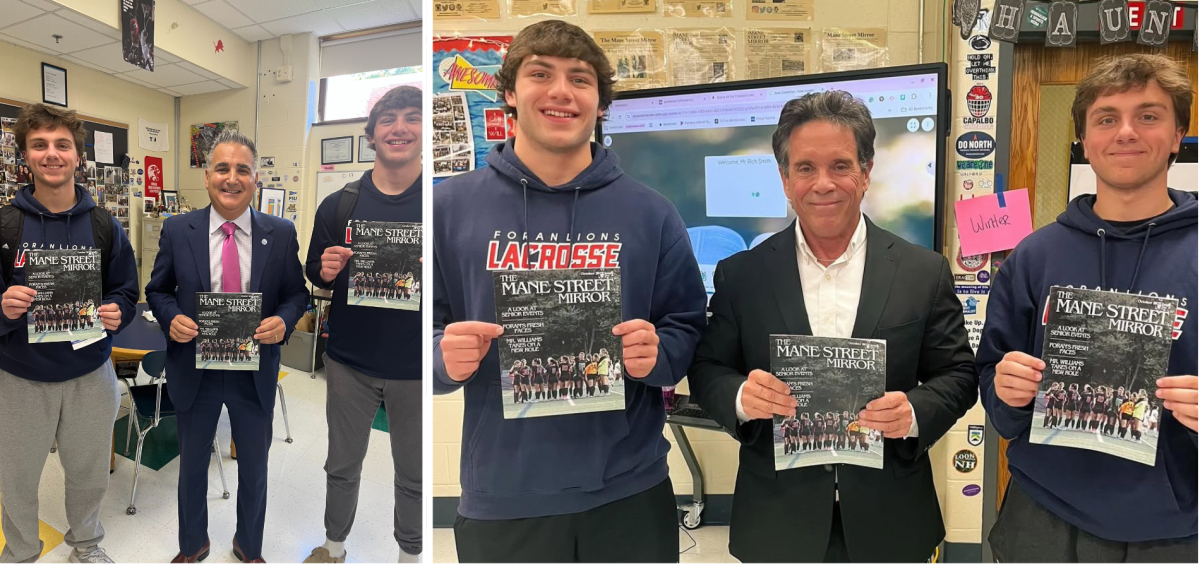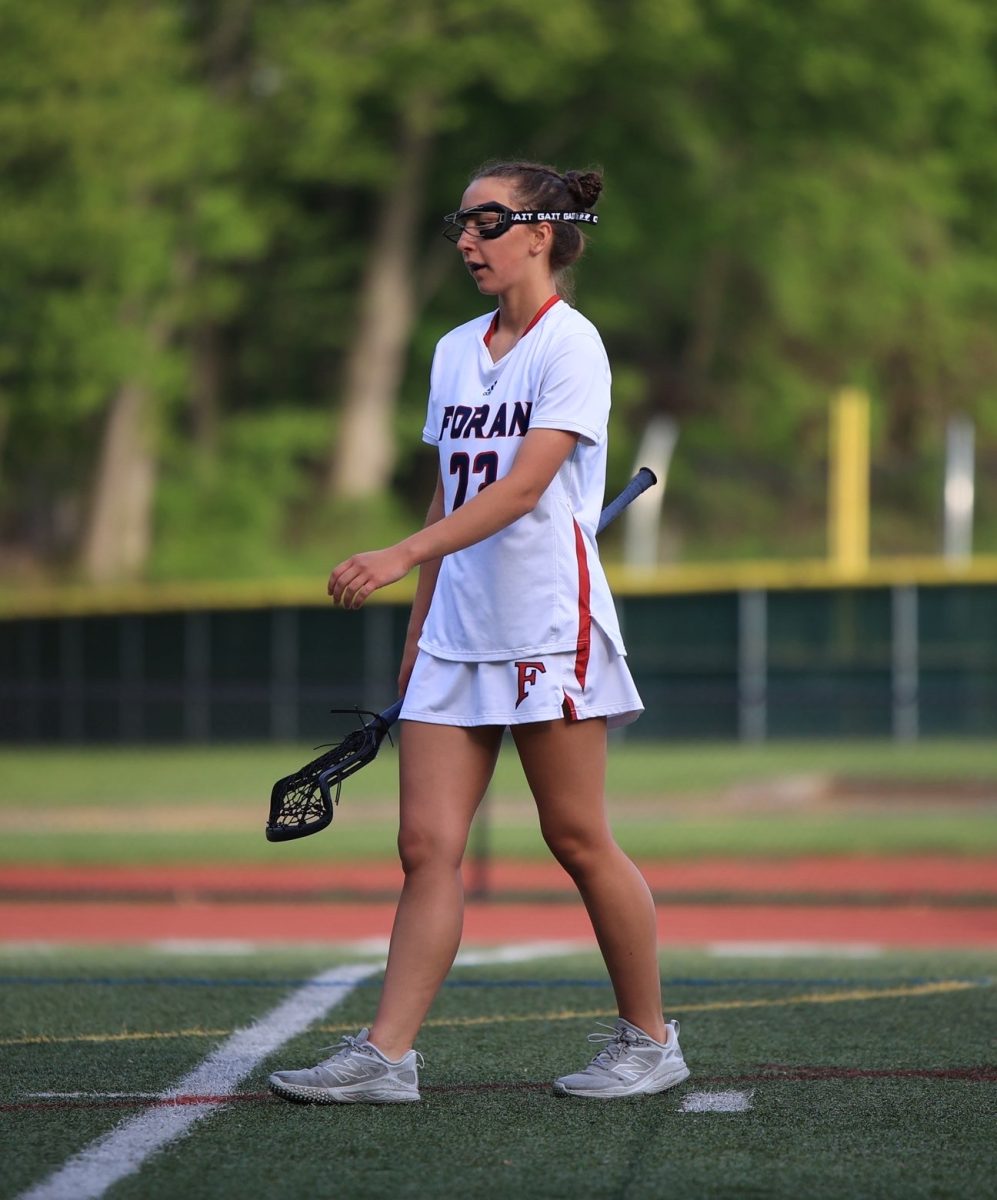Only 57% of the Foran community knows what affirmative action is, including those who are currently in the process of applying to college according to a recent poll. To cut to the chase, according to the New York Times affirmative action is defined as the practice or policy of favoring individuals belonging to groups regarded as disadvantaged or subject to discrimination.
Beginning in 1961, President John F. Kennedy’s Executive Order 10925 instructed federal contractors to take affirmative action to make sure that people are treated equally without taking race and ethnicity into account. Continuing this movement in 1967, President Lyndon B. Johnson added women into the affirmative action policy, hoping to expand employment opportunities for women and other minorities.
Affirmative action doesn’t only impact employment in America, but it also affects the college admissions process throughout the country. Dating back to the 1960’s, affirmative action has been present in the employment process but, when discussing the college admissions process it was established in the case Grutter vs Bollinger (2003). Affirmative action was used to ensure acceptance equality for minorities applying to college.
This summer, the United States Supreme Court overturned the original precedent of affirmative action in the case Harvard and SFFC vs UNC. This means that colleges and universities no longer have the right to use race and ethnicity when deciding who is accepted into their schools.
This overturning caused an uproar across the country, university students specifically those who go to Harvard University believe that the race based admissions program violate the Equal Protection Clause of the First Amendment.
The concept of overturning a Supreme Court case is common, according to Mrs. Sarah DiGiacomo, “The Supreme Court often reverses its thinking as the thinking of the individual Justices shifts over time. The death penalty was overruled and then reinstated; same with right to privacy.”
For students at Foran, more specifically seniors, they will be impacted by this change in many ways. DiGiacomo states, “this ruling will cause our students and faculty to get creative in their approach to college applications. Race and ethnicity are parts of a person’s identity and help to shape someone’s experiences in the world.”
Colleges are required to look for diversity in other ways such as the college essay and teachers letter of recommendation. For some, this may lower the chances of a student getting accepted into colleges of their choice.
However, Mrs. Pamela Procyk, the schools College and Career counselor, advised students to; “highlight their individuality on their applications, stressing their strengths and what they can and will contribute to a college community.”
Another thing students can do for themselves is learn. “It is important for all students seeking to enroll in college to know about these changes, because the odds of acceptance changed. We can no longer go by the stats of the past, and it has become more important than ever to set yourself apart from your peers.” DiGiacomo explains.










